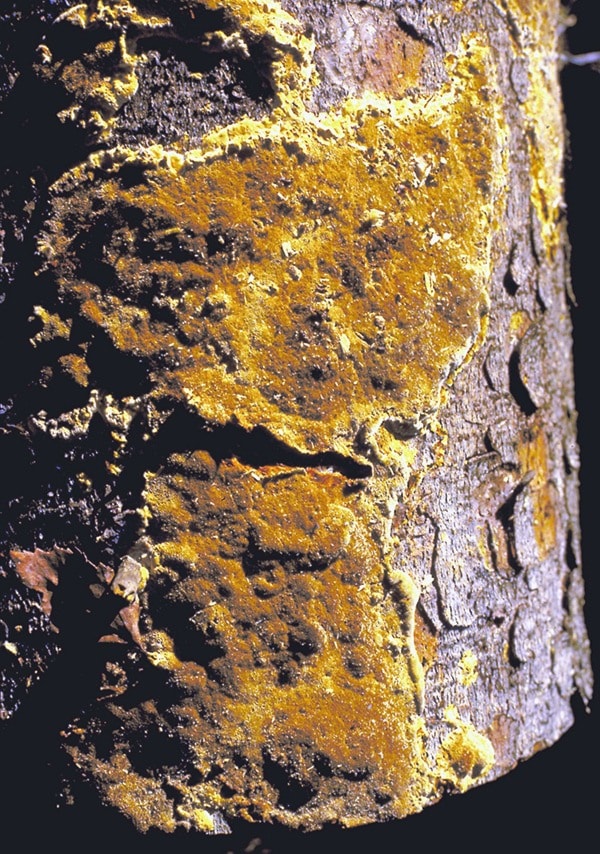Laminated root rot, one of the most damaging root diseases amongst conifers in the Pacific Northwest, has been detected in Langley City’s Hunter Park.
A statement from the City of Langley said the disease, also known as yellow ring rot, will force the removal of about 100 fir and hemlock trees.
Trees that get the fungal pathogen phellinus weirii die from failure to take up water and nutrients because the main roots are decayed.
The rot is one of the leading causes of dead and wind-thrown trees.
The fungal disease spreads through root-to-root contact and can remain viable for up to 50 years.
Expert foresters recommend removing infected trees and susceptible tree species within a 15-metre radius.
Starting next week, based on lab results confirming the infection, the City of Langley parks department will be removing identified infected trees and highly susceptible trees in the park.
Where the 15-metre radius extends into neighbouring private properties, residents will be advised of the situation and encouraged to assess and remove any diseased trees.
“While it is unknown when the disease impacted these trees, the City is proactively minimizing the risk by clearing away the susceptible trees to ensure the safety of the residents and users of the park,” said Rick Bomhof, director of Engineering, Parks, and Environment.
Staff will be testing City trees within the road right of ways in the area of Hunter Park, at 199 Street and 45A Avenue, as well.
People who have Douglas firs and western hemlock on their properties and have concerns regarding their health are advised to seek professional advice from a local tree company or arborist familiar with this disease as tree symptoms are not consistent.
